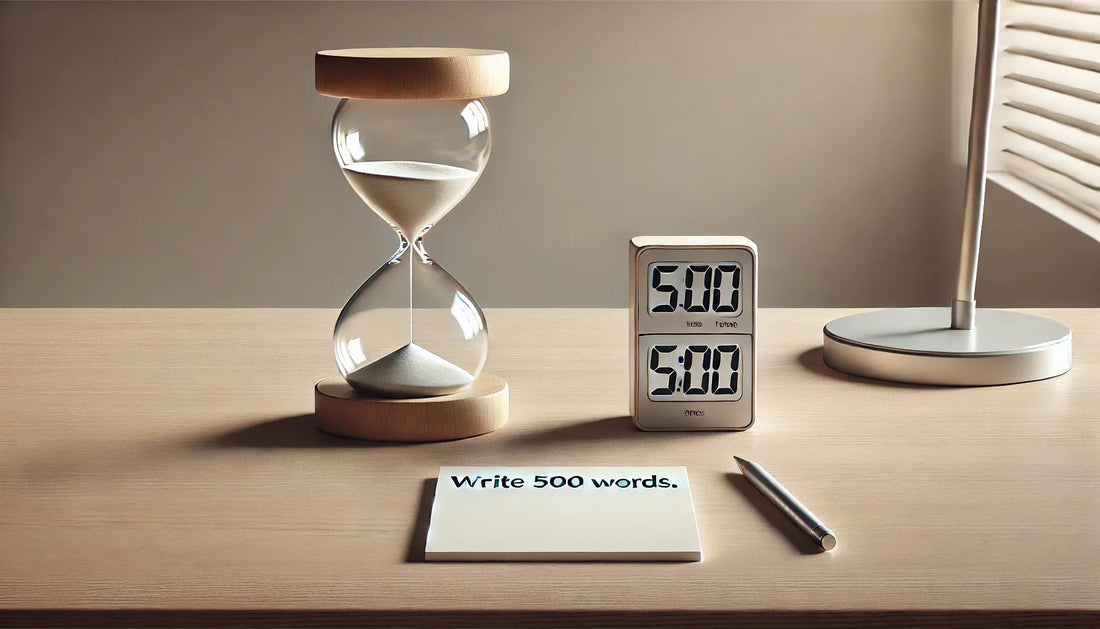
Twelve Rules for Working Focus — A Severe, Sustainable Discipline
Share
Summary
Focus is architecture, not temperament. With austerity of inputs, deliberate rhythm, and built-in recovery, these twelve rules make concentration durable.
Content
Preface
Good work germinates in quiet. When you excise distraction and install ritual, the mind deepens like a well. What follows is a dignified, practical blueprint for sustained focus.
1) Fix the objective in one sentence
-
For each block, write a single-sentence goal: not “Write two pages,” but “Complete the problem-definition paragraph.”
-
Define a visible finish line to remove ambiguity at start and end.
2) Block inputs by severity
-
Tier 1 (always off): push alerts, social feeds, news.
-
Tier 2 (off during focus blocks): chat pings, mail badges.
-
Keep only a strict whitelist of exceptions.
3) Put time in boxes (timeboxing)
-
Schedule 3–4 core blocks per day.
-
Place light tasks (email, bookings) between blocks to create cognitive recovery.
4) Make the environment minimal
-
On the desk: ≤3 objects (keyboard, notebook, water).
-
Add a single anchor object (hourglass, timer) to signal “now we focus.”
5) A 120-second starting ritual
-
Close stray windows → start timer → drink water → headphones on → recite the goal sentence.
-
Repetition lowers the cost of attentional switching.
6) Design the sensory field
-
Use low-variance music or white/pink noise.
-
Increase line spacing and font size; tame glare to reduce micro-fatigue.
7) Bind rhythm to recovery
-
Default cadence: 40–60 min work : 5–10 min break.
-
During breaks: look far, walk briefly, breathe slowly—start no new task.
8) Prewrite scripts for interruption
-
Auto-reply template: “I’m in a focus block. I’ll review and respond at 11:30.”
-
For meetings, request agenda • decision needed • links—or decline.
9) Consolidate tools
-
Same kind of work → same app (docs, tasks, notes).
-
Lock in shortcuts; reduce mouse travel to prevent attention leakage.
10) Decide the night before
-
List tomorrow’s top three and fix the order.
-
Morning becomes execution, not deliberation.
11) Use the body to aid the brain
-
Keep water within reach (one glass per hour).
-
4-second inhale / 6-second exhale × 6 to settle the nervous system.
-
Each hour: sit → stand → 2-minute walk.
12) Build a feedback loop
-
At block end, record focus score (1–5), interruptions, one adjustment.
-
Weekly, keep what raised the score and ruthlessly drop empty rituals.
Short rules for handling failure
-
Slip, then relaunch. Skip guilt; start the timer.
-
Shrink ambition, raise frequency. Short and frequent beats long and rare.
-
Reward attendance, not outcome. If you kept the block, you earn the token.
